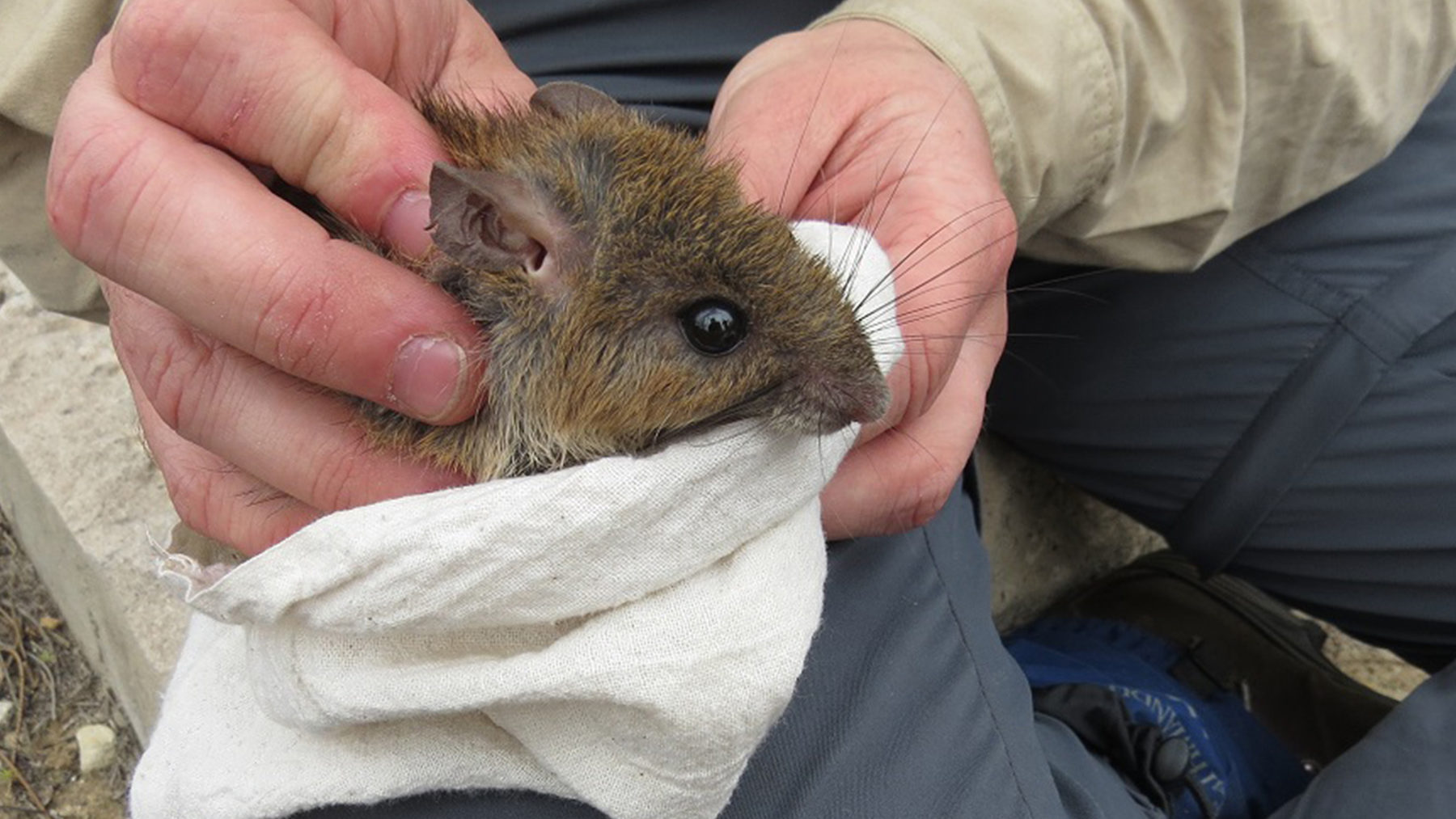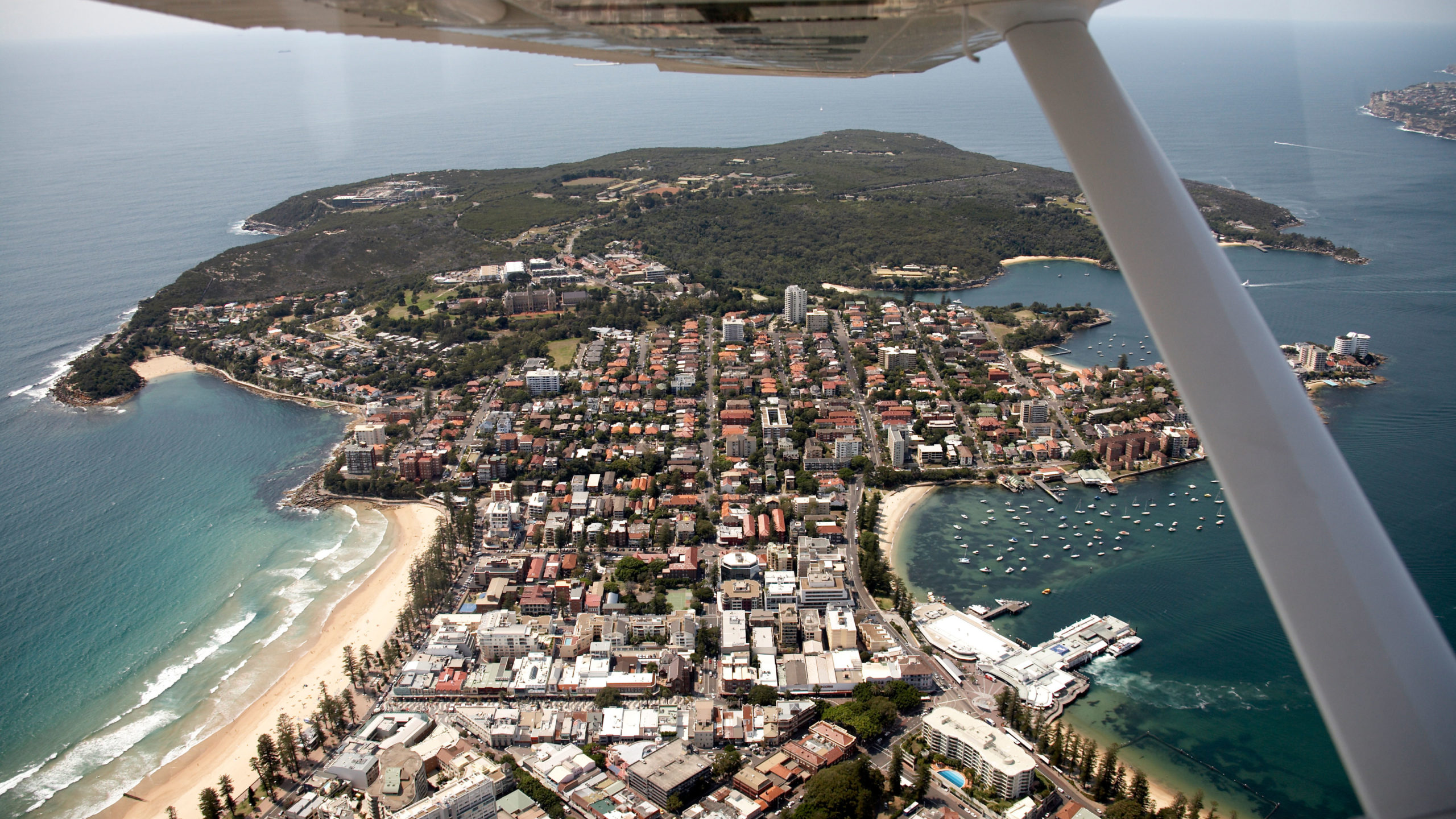Bush rat kingdom thrives at Sydney’s North Head

By day, the shrubby clifftops of North Head, a thriving slice of bushland at the northern entrance of Sydney Harbour, are a popular walking spot for urban nature enthusiasts. But when night falls, this coastal reserve is ruled by a colony of bush rats, one of the most common native rodent species scampering along the shores of southeast Australia. For anyone lucky enough to spot one of the tennis ball–sized rodents, their endearing appearance sets them apart from their invasive relatives.
“They’re like little dumplings,” says Viyanna Leo, a wildlife ecologist at the Australian Wildlife Conservancy, a nonprofit organization working with the Sydney Harbour Federation Trust to conserve North Head, adding “[they’re] quite round and fluffy.”

The 250-hectare headland hasn’t always been a bush rat kingdom, though. Following a century of being vilified and exterminated from areas around Sydney Harbour, the bush rat population in North Head was wiped out decades ago by urbanisation, habitat fragmentation, and predation by feral cats and foxes. The reserve was overrun by a gang of black rats, an invasive species that’s found on every continent except Antarctica. While bush rats help maintain the ecosystem’s native species, black rats wreak havoc. At North Head, they wasted no time plundering the burrows and tree hollow nests of small mammals and gorging on bird eggs, says Viyanna. “They were causing a lot of problems.”
But when given the chance, bush rats can be formidable ecological gatekeepers. In 2014, Viyanna and her team began reintroducing bush rats to North Head to drive out their intrusive counterparts. The rewilding effort is working, with annual wildlife surveys showing that black rat numbers dropped from an estimated 112 in 2019 to 29 by 2020. In May 2021, a mere nine black rats were captured.
The project harnesses the bush rat’s innate territorial streak. The native rodents outcompete black rats for habitat and food, and Viyanna suspects that North Head will one day be a bush rat–only stomping ground. “If they’ve got the fort, they can maintain the territory,” she says.
For the reintroduction effort, Viyanna and her team captured 180 bush rats over three years from abundant populations in Muogamarra Nature Reserve and Ku-ring-gai Chase National Park, both located roughly 30 kilometers northwest of North Head. The researchers lured the rats into traps with a wholesome meal of oats, honey, and peanut butter, then assessed the animals’ genes to ensure they were diverse enough to build a flourishing new colony at North Head. After inserting a microchip into each rat, the team set the rodents free on the headland. Each year after their release, Viyanna and her team have surveyed the population and collected tissue samples from rats born at North Head to assess how genetic diversity has held up over time.

The results of a 2022 study coauthored by Viyanna are optimistic. The first bush rats born at North Head were more genetically diverse than the animals captured at Muogamarra and Ku-ring-gai in 2014, thanks to the healthy mix of unique genes in the new population’s founding members.
While this diversity had dropped slightly by 2019, it was still comparable to that of the Muogamarra and Ku-ring-gai colonies. Viyanna and her team will continue to monitor the North Head rats, but she’s confident they have the genetic wherewithal to cope with any environmental shifts that might occur. And the population is slowly growing: in 2022, the team recaptured over 200 bush rats on the headland. “It’s a very robust population,” says Viyanna, who expects the colony will be even more resilient than the rats in Muogamarra and Ku-ring-gai.
While most reintroductions focus on giving threatened species a boost, it’s just as important to prioritise common species in conservation efforts and rewilding projects, says Emily Roycroft, an evolutionary biologist specialising in native mammals and population genetics at the Australian National University. For instance, native rodents act as tiny engineers that shape the ecosystems they inhabit, spreading seeds, churning the soil, and keeping insect populations in check.
Native rodents provide fundamental ecosystem services, says Emily, who was not involved in Viyanna’s project. “We know that if [rodents] were once there, they were playing a role.”
Relocating common species like the bush rat can also provide a good dress rehearsal for riskier reintroductions, adds Emily. If something goes wrong when reintroducing a common species, there’s often enough time to tweak the approach and try again. But when researchers are dealing with a species that is on the brink of extinction, they only have one shot to get it right. “It might be the last chance for that particular species to establish a new population,” says Emily.
Viyanna suspects the bush rats have reclaimed their territory for good at North Head, which is now free of feral cats and foxes and protected from urban sprawl. “They’re pretty much established now,” she says. “I think they’ll continue to do well.”
This article first appeared in Hakai Magazine, and is republished here with permission.





